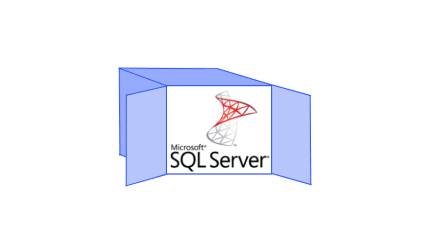We’ve been fans of Docker for some time and after Microsoft committed to support Docker, we formed a team to deliver Docker Engine support on Windows Server 2012, and have gone on to support Windows 8, Windows 10, Windows Server 2012, and Windows Server 2016. The results are exciting, and particularly when we look at how easy it is to incorporate support for SQL Server 2008, 2012, 2014, and SQL Server 2016.
Docker containers are created and managed by the Docker Daemon, which manages the container in response to the developer CLI or API calls. There is a Docker compatible client available, and we're planning to add a Web portal to make it easier for developers and testers to use. Each container is limited to a single process, so it will be common to create two containers. WinDocks will support SQL Server 2008 on through to SQL Server 2016, with all editions.
WinDocks containers are designed to listen on an assigned port. After WinDocks provisions the container it provides the assigned port and security credentials for access. We’re excited about how working with Windows containers will automate and simplify .NET development.
WinDocks delivers your SQL Server instance safely running in an isolated container in seconds. There is no simpler or faster way to setup SQL Server. Windows containers are lightweight and don’t impose performance penalties associated with Virtual Machines. And, as mentioned earlier, WinDocks provides the port and connection strings needed to work with the Windows container. This process is portable, and a distributed team can work with confidence that a shared image will provide the same bits on individual workstations, or shared servers, in seconds. Once an application is ready for production testing it is straightforward to move the SQL support to an externally hosted cluster. And, if something goes wrong, containers can be quickly replaced.
Managing this environment is straightforward. The WinDocks containers provides namespace isolation for your SQL Server instances, as multiple developers can work on identically named database instances without conflict due to the isolation provided by the containers . And, the database is easily accessed with SQL Management Studio.
So, if you think it would be cool to work with Windows containers that support .NET 3 and 4.5, along with SQL Server 2008 through SQL Server 2016, check out our new free Community Edition at WinDocks Community Edition
